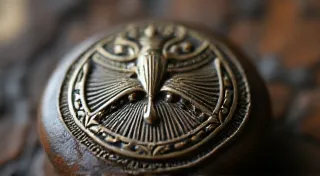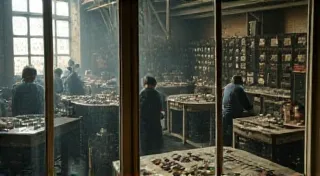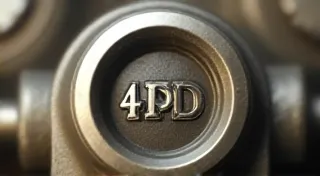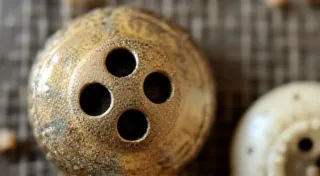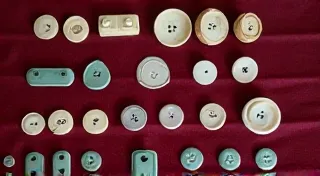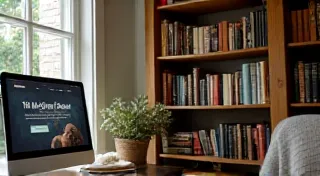Common Antique Button Types: Identifying Shoe Clasps, Military Buttons, and More
Welcome to the world of antique button collecting! It’s a fascinating hobby, filled with tiny treasures that tell stories of the past. While there are countless variations, some button types appear more frequently than others. This article will introduce you to several common antique button types, helping you start identifying them and appreciating their unique history.
Military Buttons: Symbols of Service
Military buttons are consistently popular with collectors. They represent different branches, regiments, and eras of military history. Often, these buttons are made of brass, bronze, or occasionally pewter. Identifying marks (hallmarks, maker's names, or regimental symbols) are crucial for accurate identification and valuation. The condition of the button, presence of any original shank (the post on the back), and rarity all play a significant role in their value.
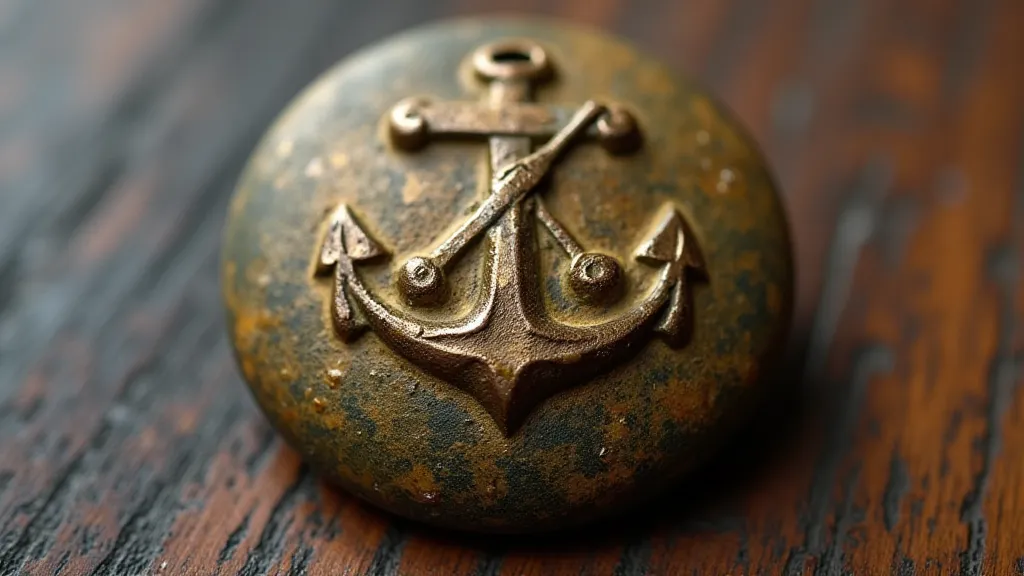
Key Features to Look For:
- Regimental insignia: Look for symbols representing specific units.
- Maker's marks: Identifying the manufacturer can pinpoint the button's age and origin.
- Material: Brass is very common, but silver, bronze, and even glass were occasionally used.
- Two-piece construction: Many military buttons were two-piece construction, with a front and back.
Shoe Clasps: More Than Just Fasteners
While often mistaken for buttons, shoe clasps served a different purpose—primarily to fasten the opening of shoes and boots. These clasps are usually larger than typical buttons and often feature a distinctive two-part design, one piece being a loop and the other a bar. They frequently have a slightly different aesthetic than buttons intended for clothing, often being more ornate or featuring design elements appropriate for footwear.
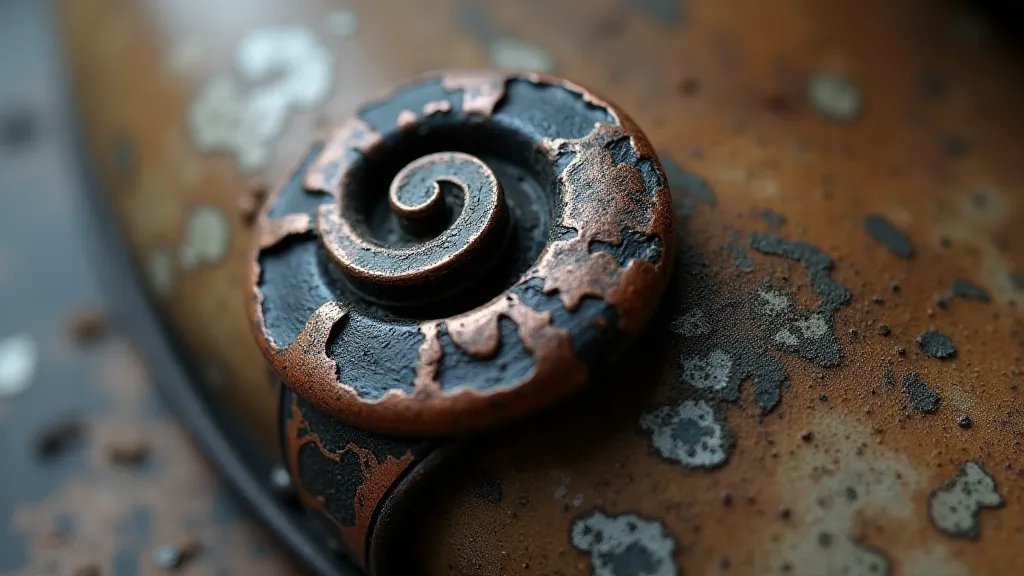
Distinguishing Features:
- Size: Shoe clasps are generally larger than typical clothing buttons.
- Design: Often more elaborate and decorative than standard buttons.
- Two-part construction: A loop and a bar are the defining characteristic.
- Material: Steel, brass, and occasionally other metals.
Novelty Buttons: Playful and Unique
Novelty buttons are a delightful category, often showcasing humor, current events, or popular culture. These buttons can be made from a wide variety of materials including glass, metal, plastic, and celluloid. They are often brightly colored and feature whimsical designs. Their value can vary greatly depending on the design's rarity and popularity.
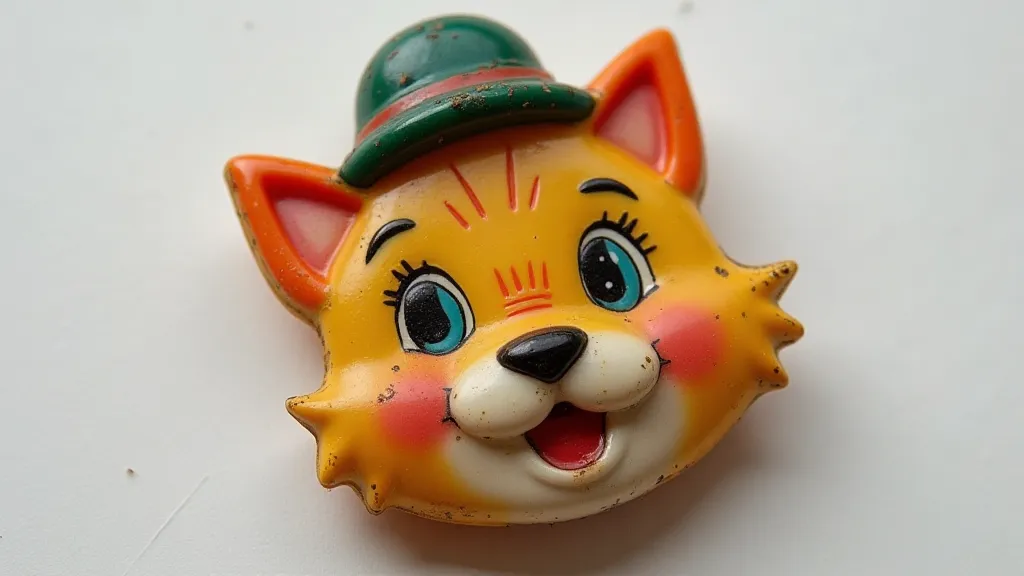
What to Look For:
- Subject Matter: Characters, animals, slogans, and images reflecting trends of the time.
- Material: Celluloid, glass, metal, and sometimes even fabric.
- Condition: Novelty buttons, especially celluloid ones, can be fragile and prone to cracking.
Mourning Buttons: A Reflection of Grief
Mourning buttons are a somber but significant part of button collecting history. They were commonly used on mourning attire during the Victorian era. These buttons are often made of black glass, jet, or vulcanite. Designs frequently include symbols of mourning, such as willows, urns, or weeping figures.
Identifying Characteristics:
- Material: Predominantly black glass, jet, or vulcanite.
- Design: Symbolic imagery associated with mourning and remembrance.
- Color: Almost exclusively black.
This overview provides a basic introduction to common antique button types. As you delve deeper into collecting, you're sure to discover many more fascinating variations and learn about the rich history these tiny objects represent. Happy collecting!
